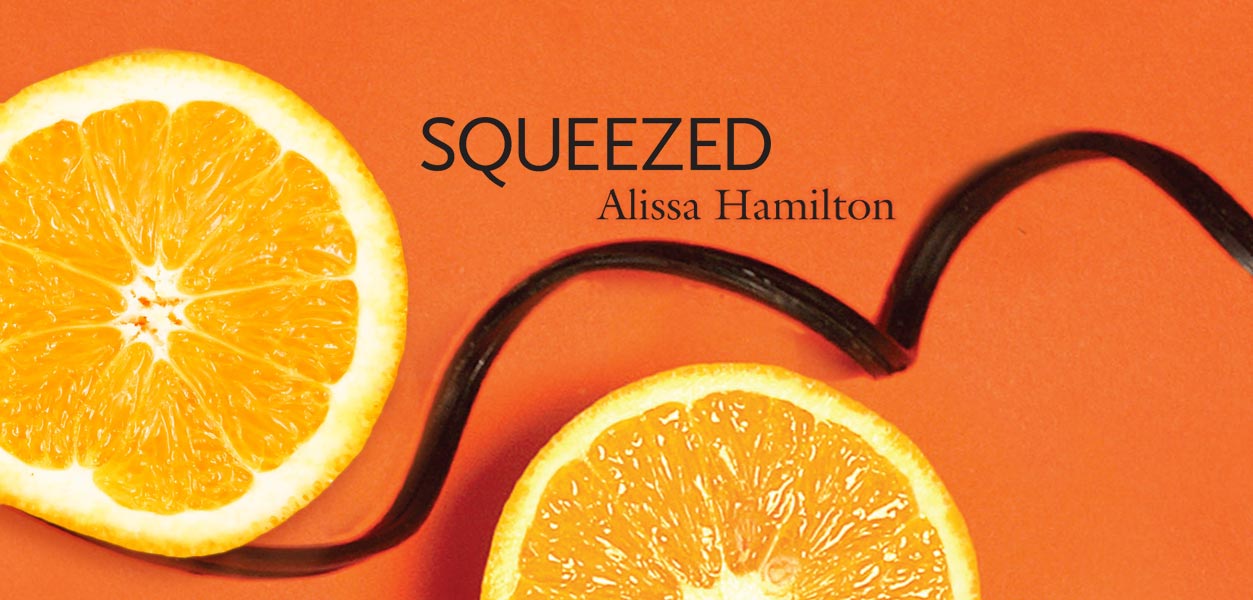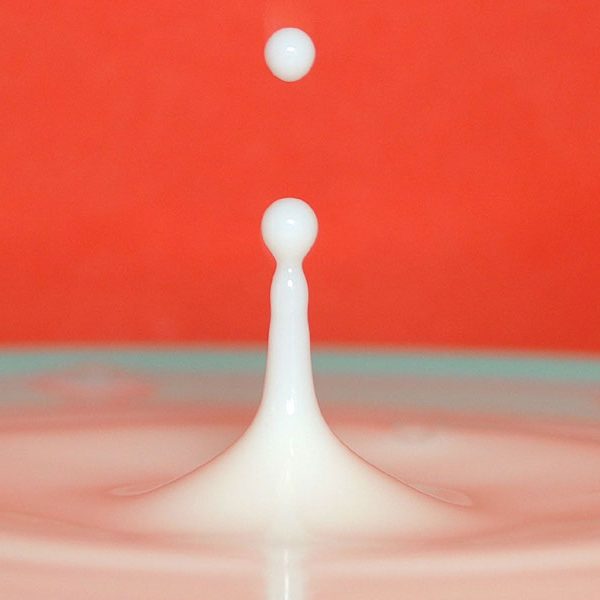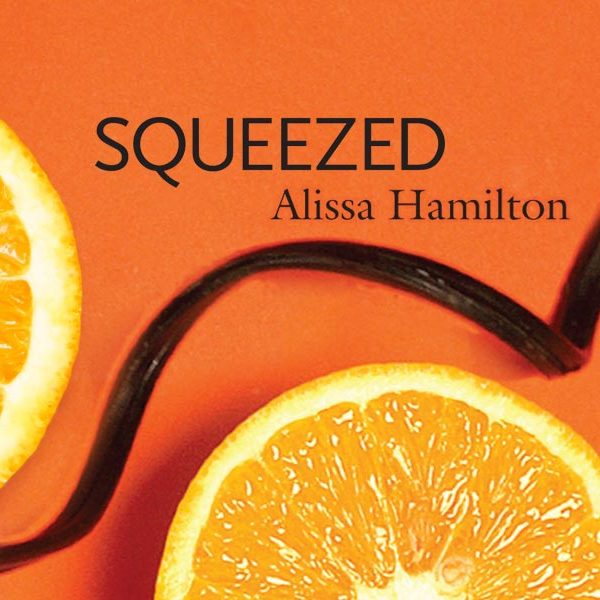Behind the label: orange juice
The following article by Pat Thomas originally appeared on July 13 in the Ecologist:
Most orange juice manufacturers would have you believe that OJ is purity in a glass; a simple, natural, single-ingredient product.
But behind this image of purity is a product that is heavily processed and engineered. If it’s made from concentrate, the juice goes through a process where all the water is removed – and with it much of the flavour. In the case of ‘not from concentrate’ juice, the liquid is pasteurised and ‘deaerated’ so it doesn’t oxidise. It’s then put in huge storage tanks where it can be kept for upwards of a year.
This process also strips the natural flavours form the juice. When the juice is ready for packaging, companies add chemical ‘flavour packs’ consisting of orange oils and flavourings to make it taste fresh again. The flavours they add are designed to meet local taste expectations; thus OJ in California might taste completely different from that in Spain or the UK.
The end product may taste fine, but to call it ‘natural’ is probably stretching credibility.
Orange juice as a mass-produced product grew out of attempts to supply vitamin C to soldiers stuck on the front line in WWII. From a health perspective OJ does contain useful amounts of antioxidants – but these rapidly deteriorate once the product is opened. Most types of orange juice, whether they are made from concentrate or not and whether they are chilled or not, are similar in terms of vitamin C and antioxidant content.
But of course this really misses the point. For those with no access to other better sources of vitamin C such as fresh fruits and vegetables, orange juice may well be an important source of such nutrients. But the fact remains that for someone on a good diet, processed orange juice is a nutritionally unnecessary and inferior way to get the fullest spectrum of vitamins and antioxidants.
Even so, the UK market for fruit juices and health drinks (i.e. smoothies, vitamin enhanced waters etc) was worth an estimated £2.92bn in 2007, and fruit juices accounted for around half of that. In the UK OJ is still our best seller.
Now in addition to its health properties, consumers are being invited to ponder the carbon implications of the world’s favourite fruit juice. In January of this year PepsiCo in the US announced that its best-selling orange juice brand, Tropicana (also the UK’s biggest selling fruit juice), had gained accreditation from the UK’s Carbon Trust. This entitled the product to carry the Carbon Label, which tells consumers what the carbon footprint of a product is on its package (although the label has yet to appear on Tropicana products anywhere).
A heavy footprint
Orange juice, although ostensibly a single-ingredient product, is complex to label because each different type (fresh squeezed, not form concentrate and made from concentrate) requires different storage methods.
Thus for example Tesco, which stamps many of its own-brand products with a Carbon Label, says its pure squeezed orange (not from concentrate) juice has a carbon footprint of 1.44kg per litre, while its Longlife orange juice is 960g per litre – more energy is required to chill fresh juice and it is this that accounts for the marked difference.
However, it’s only in comparing carbon footprints with other daily activities that the ‘footprint’ becomes really meaningful. How might consumers react, for instance, if they understood that a half-gallon carton of Tropicana (weighing in at 1.7kg CO2) had the approximate carbon footprint equivalent of the average single use of a tumble dryer, or a 3-mile car journey? And as we enter energy descent and our choices become more stark, which of these activities might take priority in our homes?
Carbon footprints are notoriously difficult to calculate accurately and while the Carbon Trust certification is fairly rigorous even this doesn’t tell the whole story. The industrialisation of the process for orange juice creates a heavier eco burden than can be summed by simply counting carbon calories.
For instance, according to the Sustain report Taking the Pith, a glass of orange juice can use up to two glasses of diesel in terms of energy. But it also requires 1000 glasses of irrigation water and 22 glasses of processing water. The report also highlights worrying levels of pesticide residues on crops and evidence of child labour in the orange picking industry in Brazil and Mexico.
In fact, Brazil is the largest orange producing country in the world, (followed by the US State of Florida and then Mexico) supplying 40 per cent of the world market. Although Spain is Europe’s largest producer of oranges, most of the orange juice in the UK, and all of Tropicana’s juice here, comes from Brazil. Deforestation in the Amazon, to accommodate agriculture and livestock, produces a serious carbon deficit that rarely gets figured in to carbon calculations.
While there is no suggestion that, on their own, orange groves in Brazil have made a big impact, waste initiatives adopted by orange juice produces – for instance processing waste peel and pith into feed pellets for the livestock industry – can end up feeding into a bigger driver of deforestation, both literally and figuratively.
When counting the environmental cost, other less direct inputs may also get overlooked. For instance, there is no mention of the flavour packs which according to Alissa Hamilton‘s fascinating forthcoming book Squeezed are added to the orange juice once the aseptic tanks in which it is shipped from Brazil reach British shores.
Following the Carbon Trail
The Carbon Trust rightly follows the carbon trail to the end user and takes into account how the packaging is disposed of. But as more and more information about our carbon footprints emerges it is worth asking if this is enough. For the food that we eat, this trail might more usefully extend beyond the recycling centre and into the doctor’s surgery.
In April 2008 a study in the journal Diabetes Care, looked at the diets of 70,000 women as part of the ongoing Nurse’s Health Study, and found that unlike daily consumption of fresh fruit and vegetables, which was associated with an 18 per cent reduction in the risk of diabetes, consumption of fruit juice even in small daily amounts, was associated with an overall 18 per cent increased risk of the disease.
Juice, unlike the whole fruit, contains all the sugars but less of the cofactors found in the whole fruit that help the body metabolise them. This association was strong and independent of other health factors and was higher for those who had a daily glass of orange juice (which raises the risk of diabetes by 24 per cent) than those who had a daily glass of cola or other sweetened soft drink (which raised it by between 6 and 15 per cent).
This was the first study of its kind and such findings are challenging to much that we think we know. For instance orange juice is almost universally hailed as a healthy drink because of its useful levels of antioxidants, but few realise that it contains the same amount of sugar as a glass of cola. If your diet is already high in sugar – like most of those in the Western world, orange juice may simply add to that burden without conferring any real benefit.
Juice manufacturers would be quick to claim that their responsibility ends at the supermarket till. But should the findings of the study eventually be replicated, there are potential implications for health and environment that need to be counted. For instance, see this recent NHS report. For more on why health is central to the CO2 debate click here.
Get squeezing
Juice is only one part of the whole fruit, and the real benefits of any fruit are gained by eating the whole fruit. While oranges are high in vitamin C, other fruits are much higher. An orange for instance, contains about 30g vitamin C per 100 g fruit. Compare this to the 2000mg in the equivalent amount of rosehip, or the 200 in blackcurrants (which are also local and abundant in the UK), or the 90g in kiwi fruit or even in broccoli. Most fresh fruits and vegetables are also high in antioxidants. The closer to home they are grown the higher their antioxidant content will be.
So is organic orange juice a better option? The answer is yes – and no. Growing organic oranges does not involve the use of pesticides and fertilisers and therefore it may have a lower carbon footprint and lower impact on the environment. However if it comes in a carton or bottle it will have gone through the same industrial process as non-organic juice and is therefore still less nutritious than eating an actual orange or squeezing juice from an organic orange for yourself.
Organic standards of course do not legislate for how the workers are treated. Your organic juice may well still have been picked by an exploited child who should have been in school.
If you absolutely need orange juice, then squeezing it fresh at home from an organic orange may be your healthiest and most environmentally friendly option.
For ethical and sustainable suppliers of food and drink products and services check out the Ecologist Green Directory here




“Growing organic oranges does not involve the use of pesticides and fertilisers…”
No fertilizer? How do they keep the soil fertile without fertilizer?
Squeezing your juice at home is always the best option for any fruit. Fresh juice has to be consumed instantly otherwise it will oxidate and lose its value. Another high Vitamin C source is Sea Buckthorn. It grows mostly in Sea near areas in middle and norther europe and asia. Look it up or check my site for a recipe with it.
Good article!
to Asdf: I guess that should mean “no chemical fertiliser”.
Fresh Orange Juice is always the best. Natural whole foods are real foods. The world needs to go back to the old way of producing food. People should really try having a garden again. The food tastes so much better.
Orange Juice is my favorite breakfast drink. I think however a person should be careful how much they drink. It definitely spikes your blood sugar and sets you up for a crash. I recommend drinking it only 2-3 times a week. Try other juices like tomato or v8.